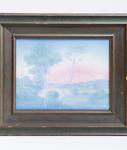 E.T. Hurley for Rookwood Pottery
E.T. Hurley for Rookwood Pottery Scenic Vellum Plaque
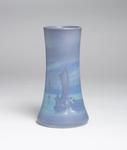 Fred Rothenbusch for
Fred Rothenbusch for Rookwood Pottery
Scenic Vellum Harbor Vase
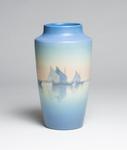 Carl Schmidt for Rookwood Pottery
Carl Schmidt for Rookwood Pottery Vellum Harbor Vase
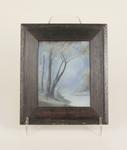 Ed Diers for Rookwood Pottery
Ed Diers for Rookwood Pottery Scenic Vellum Plaque
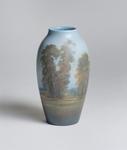 Ed Diers for Rookwood Pottery
Ed Diers for Rookwood Pottery Scenic Vellum Vase
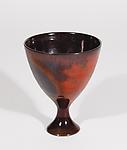 Gertrud and Otto Natzler
Gertrud and Otto Natzler Ceramic Vase
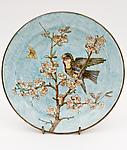 John Bennett
John Bennett Ceramic Charger
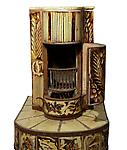 Henry Varnum Poor
Henry Varnum Poor Ceramic Stove
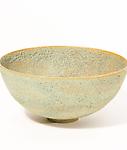 Gertrud and Otto Natzler
Gertrud and Otto Natzler Ceramic Bowl
Fred Rothenbusch for
Rookwood Pottery
Scenic Vellum Harbor Vase
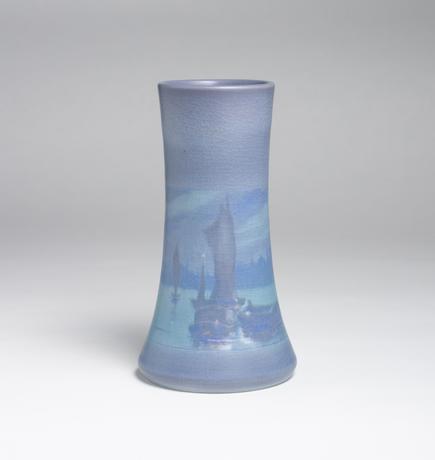
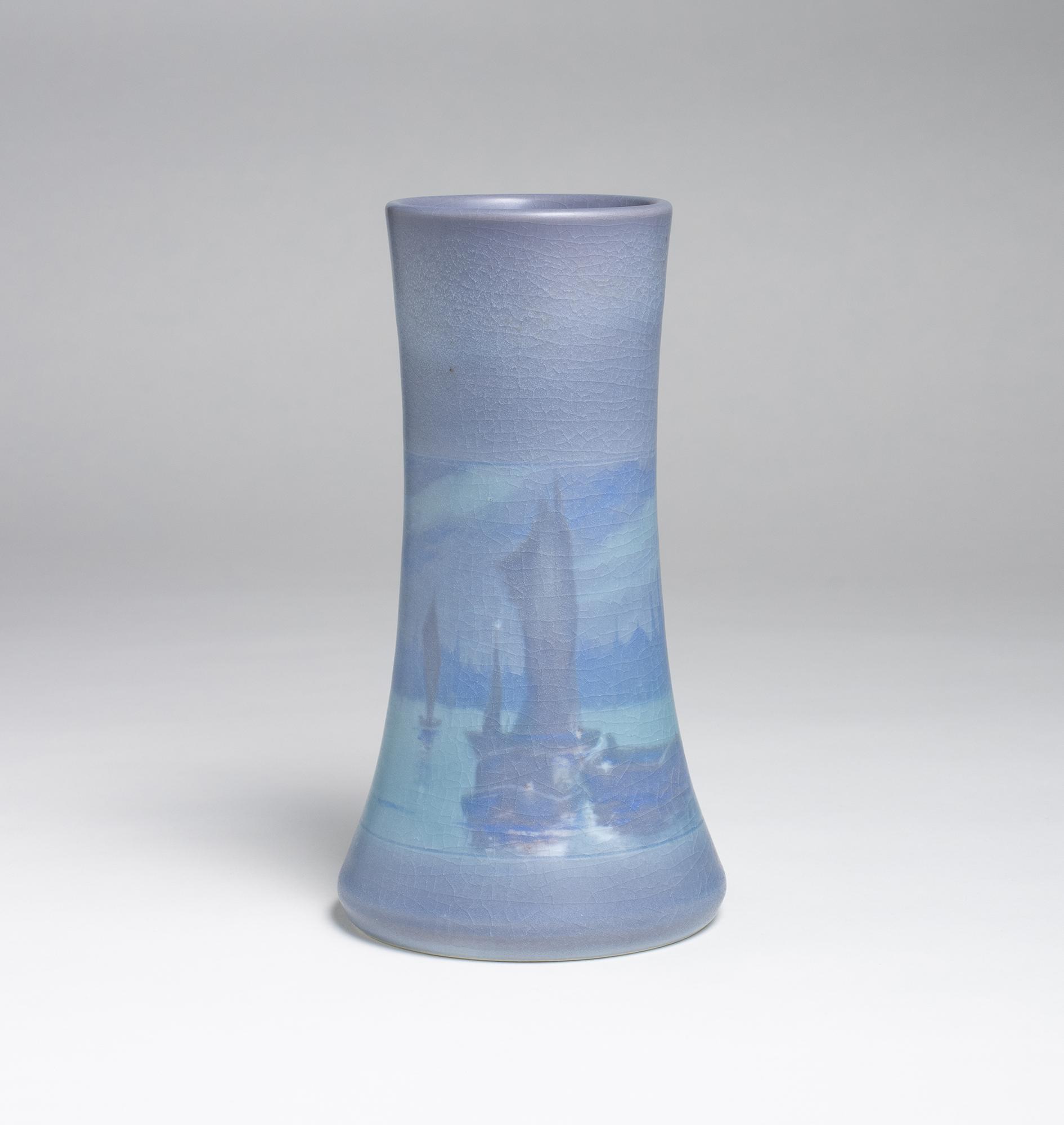
Height: 9 inches
An unusual vase depicting a harbor scene by Rookwood artist Fred Rothenbusch, depicting a series of boats at work at a twilight in London harbor (the silhouette of the Tower Bridge can be seen behind the largest grouping of boats). Around the turn of the twentieth century, Rookwood began to treat the surface of the vase slightly differently, as in this piece. Instead of painting a scene across the entire surface, the vase was divided into sections: in this example, the upper and lower parts of the vase, in a soft blue glaze, are bisected by a horizontal band containing the entirety the harbor scene, framed by soft blue lines at the top and bottom.
Rothenbusch was known for his work depicting hazy landscapes in the Vellum glaze; a nephew of Albert Valentien, one of Rookwood’s most prolific artists, he was employed by the firm for over thirty years from 1896 to 1931.
Rookwood Pottery, founded in Cincinnati, Ohio by Maria Longworth Nichols in 1880, gained international recognition early in its history and is still widely considered America’s finest art pottery. The firm enjoyed widespread success almost from its inception, winning a gold medal at the 1889 Paris World's Fair and participating in numerous World’s Fairs where pieces were sold to major museums both at home and abroad.
In 1904 Rookwood introduced the Scenic Vellum glaze, a hybrid between the transparent gloss glaze and a matte finish, a finish which won the firm yet another grand prize at the 1904 World’s Fair in St. Louis. The nature of the glaze lent itself to scenes that reflected the American Tonalist movement: quiet landscapes marked by hazy atmospheres, a stream or pond bordered by trees, and scenes depicting shifting quality of light.
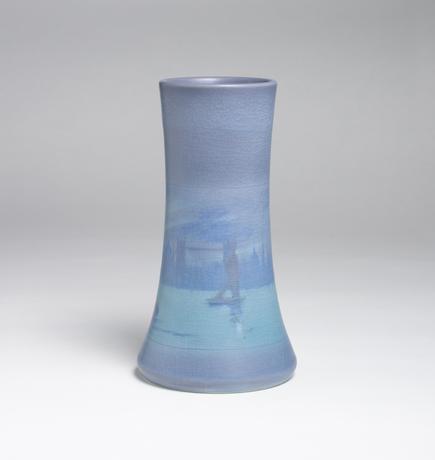
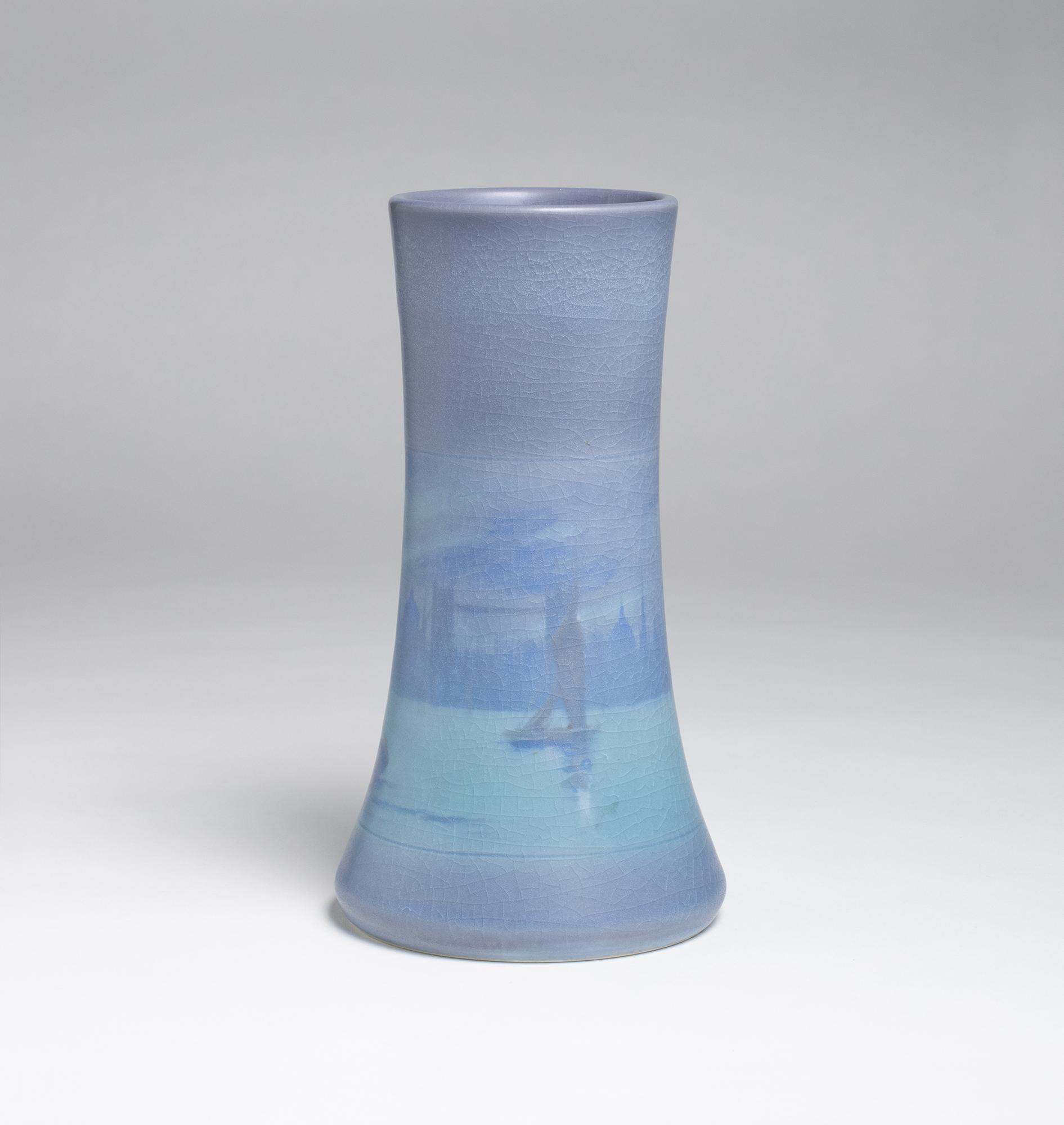
Height: 9 inches
An unusual vase depicting a harbor scene by Rookwood artist Fred Rothenbusch, depicting a series of boats at work at a twilight in London harbor (the silhouette of the Tower Bridge can be seen behind the largest grouping of boats). Around the turn of the twentieth century, Rookwood began to treat the surface of the vase slightly differently, as in this piece. Instead of painting a scene across the entire surface, the vase was divided into sections: in this example, the upper and lower parts of the vase, in a soft blue glaze, are bisected by a horizontal band containing the entirety the harbor scene, framed by soft blue lines at the top and bottom.
Rothenbusch was known for his work depicting hazy landscapes in the Vellum glaze; a nephew of Albert Valentien, one of Rookwood’s most prolific artists, he was employed by the firm for over thirty years from 1896 to 1931.
Rookwood Pottery, founded in Cincinnati, Ohio by Maria Longworth Nichols in 1880, gained international recognition early in its history and is still widely considered America’s finest art pottery. The firm enjoyed widespread success almost from its inception, winning a gold medal at the 1889 Paris World's Fair and participating in numerous World’s Fairs where pieces were sold to major museums both at home and abroad.
In 1904 Rookwood introduced the Scenic Vellum glaze, a hybrid between the transparent gloss glaze and a matte finish, a finish which won the firm yet another grand prize at the 1904 World’s Fair in St. Louis. The nature of the glaze lent itself to scenes that reflected the American Tonalist movement: quiet landscapes marked by hazy atmospheres, a stream or pond bordered by trees, and scenes depicting shifting quality of light.
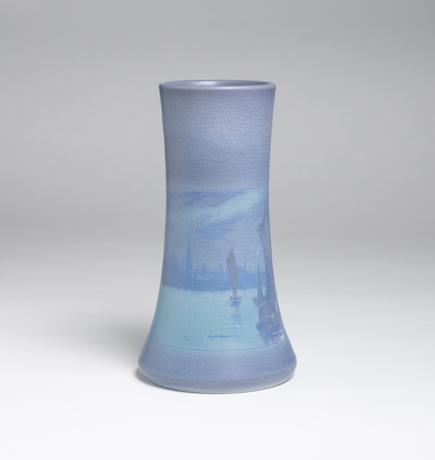
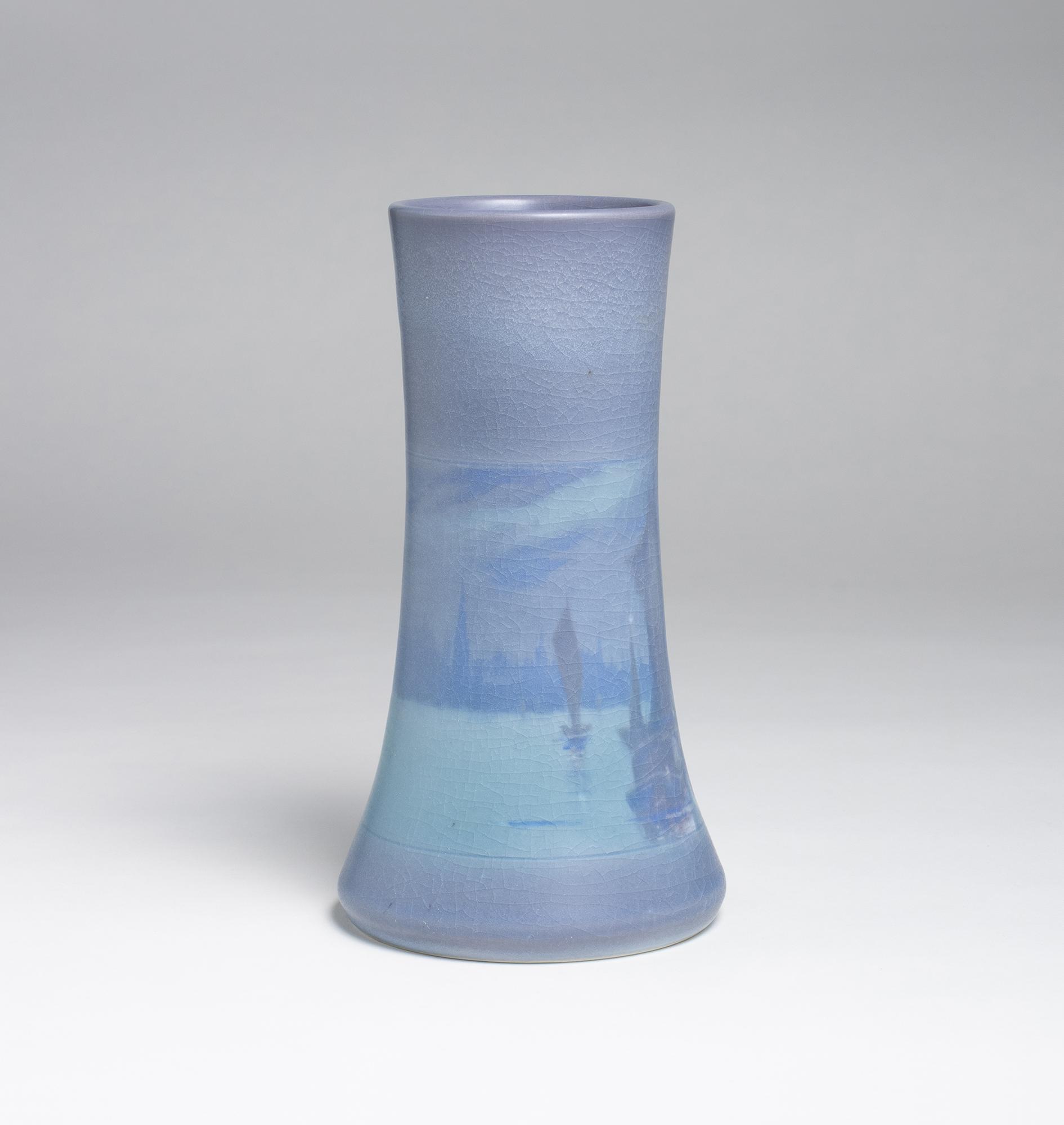
Height: 9 inches
An unusual vase depicting a harbor scene by Rookwood artist Fred Rothenbusch, depicting a series of boats at work at a twilight in London harbor (the silhouette of the Tower Bridge can be seen behind the largest grouping of boats). Around the turn of the twentieth century, Rookwood began to treat the surface of the vase slightly differently, as in this piece. Instead of painting a scene across the entire surface, the vase was divided into sections: in this example, the upper and lower parts of the vase, in a soft blue glaze, are bisected by a horizontal band containing the entirety the harbor scene, framed by soft blue lines at the top and bottom.
Rothenbusch was known for his work depicting hazy landscapes in the Vellum glaze; a nephew of Albert Valentien, one of Rookwood’s most prolific artists, he was employed by the firm for over thirty years from 1896 to 1931.
Rookwood Pottery, founded in Cincinnati, Ohio by Maria Longworth Nichols in 1880, gained international recognition early in its history and is still widely considered America’s finest art pottery. The firm enjoyed widespread success almost from its inception, winning a gold medal at the 1889 Paris World's Fair and participating in numerous World’s Fairs where pieces were sold to major museums both at home and abroad.
In 1904 Rookwood introduced the Scenic Vellum glaze, a hybrid between the transparent gloss glaze and a matte finish, a finish which won the firm yet another grand prize at the 1904 World’s Fair in St. Louis. The nature of the glaze lent itself to scenes that reflected the American Tonalist movement: quiet landscapes marked by hazy atmospheres, a stream or pond bordered by trees, and scenes depicting shifting quality of light.
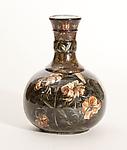 John Bennett
John Bennett 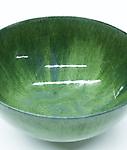 Gertrud and Otto Natzler
Gertrud and Otto Natzler